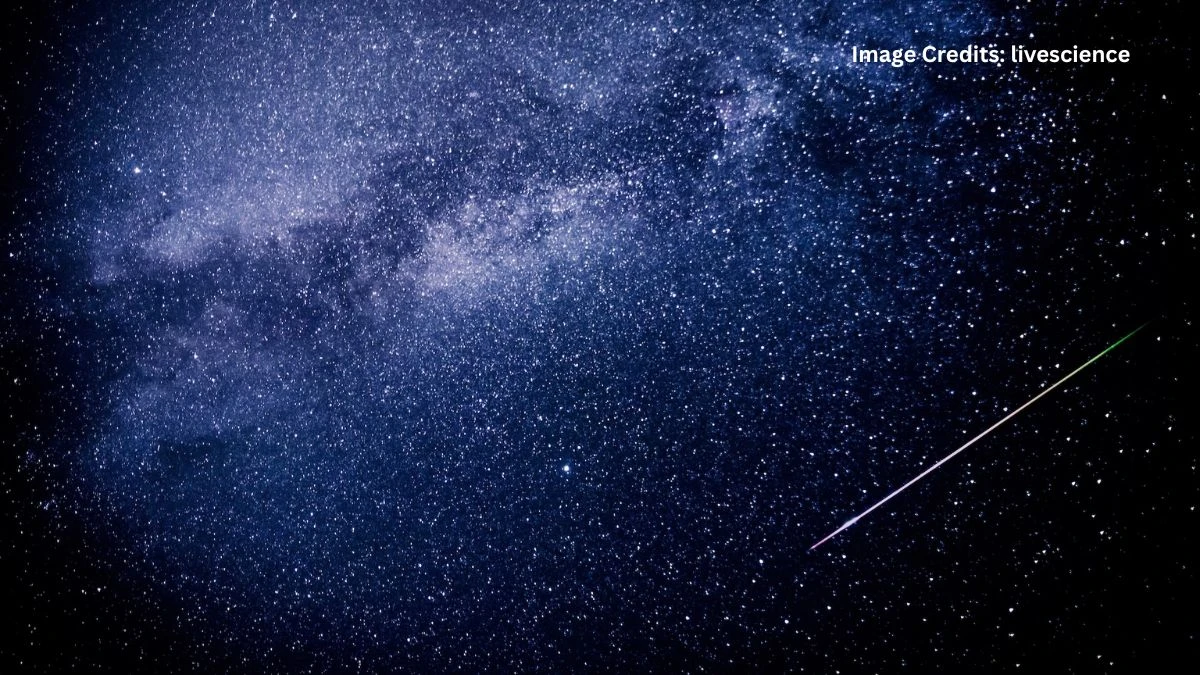Orionid Meteor Shower 2025: When and Where to Watch the Orionid Meteor Shower? Check Date, Time and Viewing Tips from NASA
The Orionid meteor shower is back, and this year it’s showing off under perfect skies. The dark, moonless nights of late October 2025 are serving as an open invitation for stargazers everywhere to step outside and tilt their heads toward the glittering dome above. Whether you’re a first-time watcher or a seasoned sky enthusiast with a thermos of coffee ready to go, here’s what you need to know and a few tips to make your night under the stars feel nothing short of magical.
When Does the Orionid Meteor Shower Peak?
The peak of the Orionid meteor shower arrives between October 20 and 22, 2025, with October 21 being the golden night according to NASA and the American Meteor Society. That’s when the Earth plows directly through the densest part of Halley’s Comet’s dusty trail, igniting streaks of light that cut across the darkness at breathtaking speeds up to 148,000 miles per hour.
The shower technically runs from late September (around the 26th) all the way to late November (around the 22nd), so even if clouds or work ruin your main night, you’ve got a few extra chances to catch a stray fireball.
What really makes this year special is the new moon on October 21. No moonlight means maximum darkness, and you’ll be surprised how much difference that makes. Under clear skies, you can expect up to 20 meteors per hour, flashes that leave faint green trails behind them. That’s the kind of view that reminds you why people used to make wishes on shooting stars.
Where to Watch the Orionids
The Orionids don’t play favorites with geography; you can catch them from almost anywhere in the world. But, if you want the best shot at seeing them in full glory, find a dark, open space far away from city lights. Rural fields, hilltops, or beaches are ideal. Personally, something is grounding about watching shooting stars from a farm road or open terrace, no screens, no noise, just crisp night air and silence punctuated by gasps when a bright streak zips by.
NASA recommends lying flat on your back with your feet facing southeast (for the Northern Hemisphere) or northeast (if you’re south of the equator). That position lets you take in as much of the sky as possible without having to crane your neck. Remember: even though the shower appears to “radiate” from the constellation Orion (that’s where it gets its name), the meteors can appear anywhere, so keep your eyes wandering.
Best Time to Watch and Patience Pays Off
The best time window? From 1 a.m. to dawn, with 4 a.m. to 5 a.m. being prime-time viewing. That’s when Orion’s radiant climbs higher in the sky and more meteors make their fiery entrance. But don’t be discouraged if things seem quiet at first; your eyes need about 20 to 30 minutes to fully adjust to the dark. Skip the phone checks; even one glimpse of your screen can reset your night vision and cost you a few shooting stars.
Speaking from experience, there’s a strange peace that comes when you’ve been lying there for fifteen minutes, fighting sleep, and suddenly, whoosh a streak of light cuts across the horizon, then another. It’s like the universe finally decided to wink back.
NASA’s Viewing Tips
NASA’s advice is refreshingly simple :
-
Find a location far away from light pollution think countryside or a quiet beach.
-
Bring a blanket, lawn chair, or sleeping bag to lie back comfortably.
-
Dress warmly; even mild nights get chilly after a few still hours.
-
Stay patient, the show runs all the way until dawn.
-
And for the human touch: bring a friend or two, some snacks, maybe even some quiet music (nothing too distracting). The stillness and the occasional whisper of excitement when someone spots a fireball make it all the more special.
The Halley’s Comet Connection
Every streak you see during the Orionids is a tiny piece of Halley’s Comet burning up in Earth’s atmosphere. The comet itself won’t return until 2061, but the Orionids and Eta Aquarids (which peak in May) are like Halley’s annual postcards to Earth, gentle reminders that the cosmos keeps turning whether we’re paying attention or not.
Something is humbling about watching meteor showers. They’re fleeting beautiful, yes, but also reminders of how small we are under the vast expanse of everything. So, this October, set your alarm early, wrap up in a blanket, and go see a bit of the solar system’s magic for yourself. You’ll never look at the quiet night sky the same way again.
Disclaimer:
Viewing times and visibility depend on local weather and light conditions. NASA data and timings are based on global averages and may vary slightly by region.






